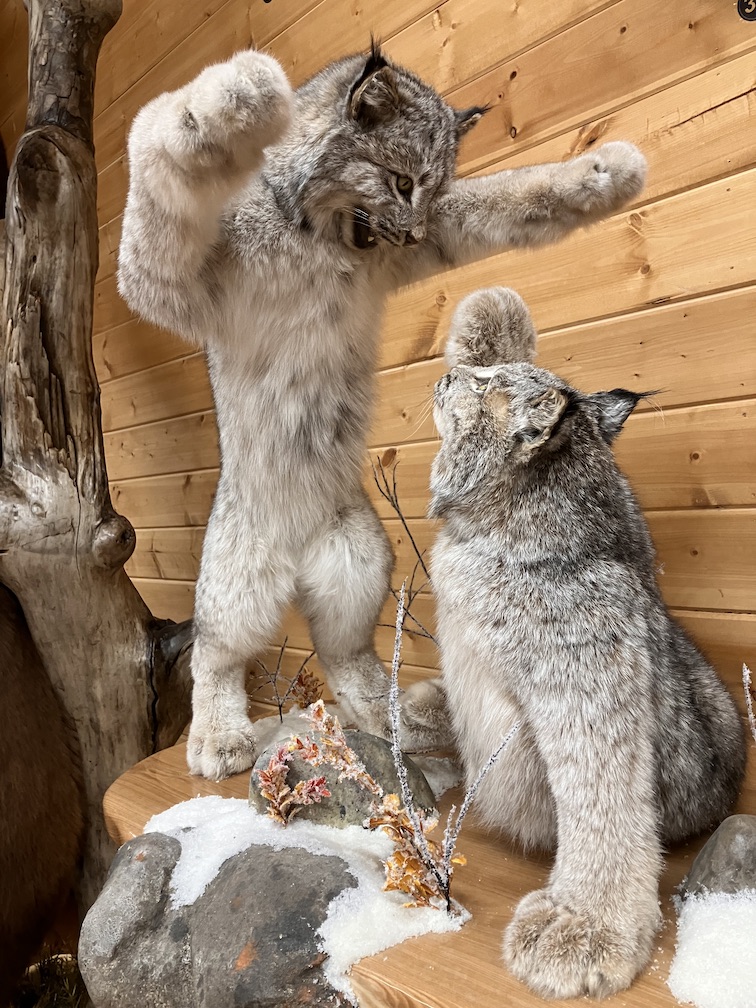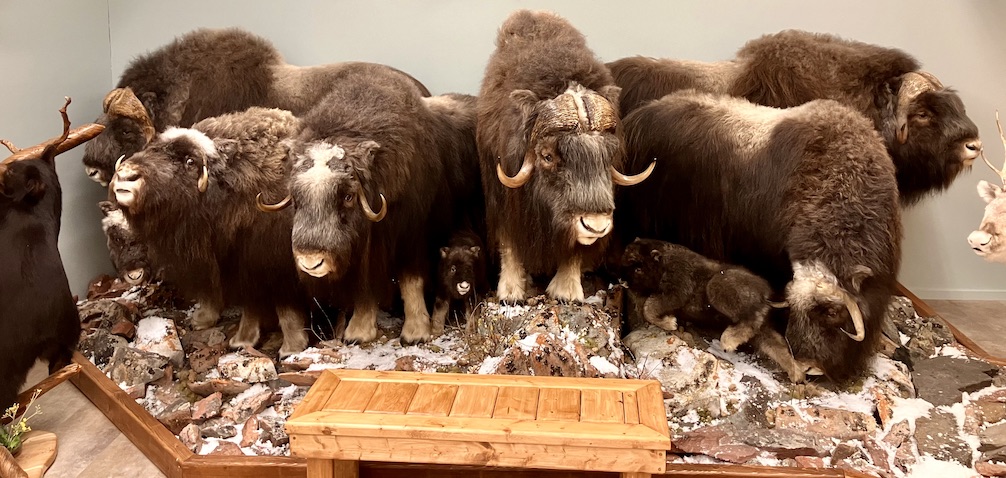Yellowknife is located on the traditional lands of the Yellowknives Dene First Nation, within Chief Drygeese territory. From time immemorial the Yellowknives Dene have hunted, fished and foraged for food on the land we now know as Yellowknife. The city of Yellowknife sprung up with the discovery of gold in the 1930s. Yellowknife has four destinations that share our natural and cultural history with visitors, that you don’t want to miss!
While visiting Yellowknife, be sure to visit the Prince of Wales Northern Heritage Centre, Northwest Territories Legislative Assembly, Yellowknife Historical Museum and Nature’s North Wildlife Gallery to enrich your knowledge and appreciation of the diverse peoples, extraordinary places and beautiful wildlife of Yellowknife and the Northwest Territories.
The Prince of Wales Northern Heritage Centre (PWNHC) is open Tuesday to Sunday from 10am – 5pm. The PWNHC is home to the Northwest Territories Archives, and has several exhibits showcasing multiculturalism, history and landscapes of the Northwest Territory. Once inside the building, visitors enjoy a free self-guided tour of the spacious and full accessible facility. Children will love the play area and many of the life sized and interactive displays. Be sure to check the PWNHC events page, which is regularly updated.
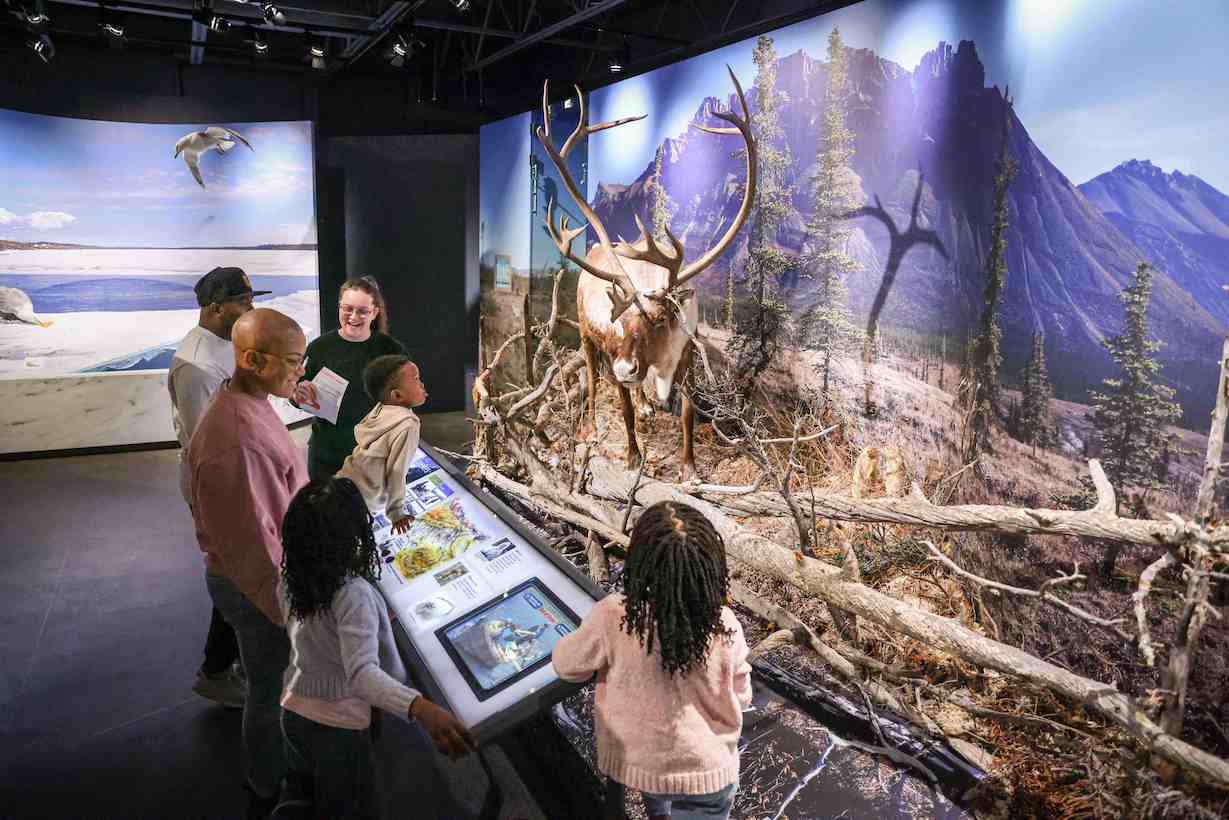
The PWNHC is located adjacent to the Northwest Territories Legislative Assembly. The building is beautifully designed and is where elected members from 19 electoral districts, located across the territory, come together to make decisions on behalf of NWT's residents.
Free one hour-long guided tours, provided by Public Affairs are available from Monday to Friday. You will explore one of the most unique legislatures in Canada and learn about the consensus system of government that sets the Northwest Territories apart from other Canadian provinces.
Tours begin in the Great Hall, located adjacent to the main entrance. Please let the security guard on duty know that you are here for a tour.
The Legislative Assembly is fully wheelchair-accessible and has public washrooms.
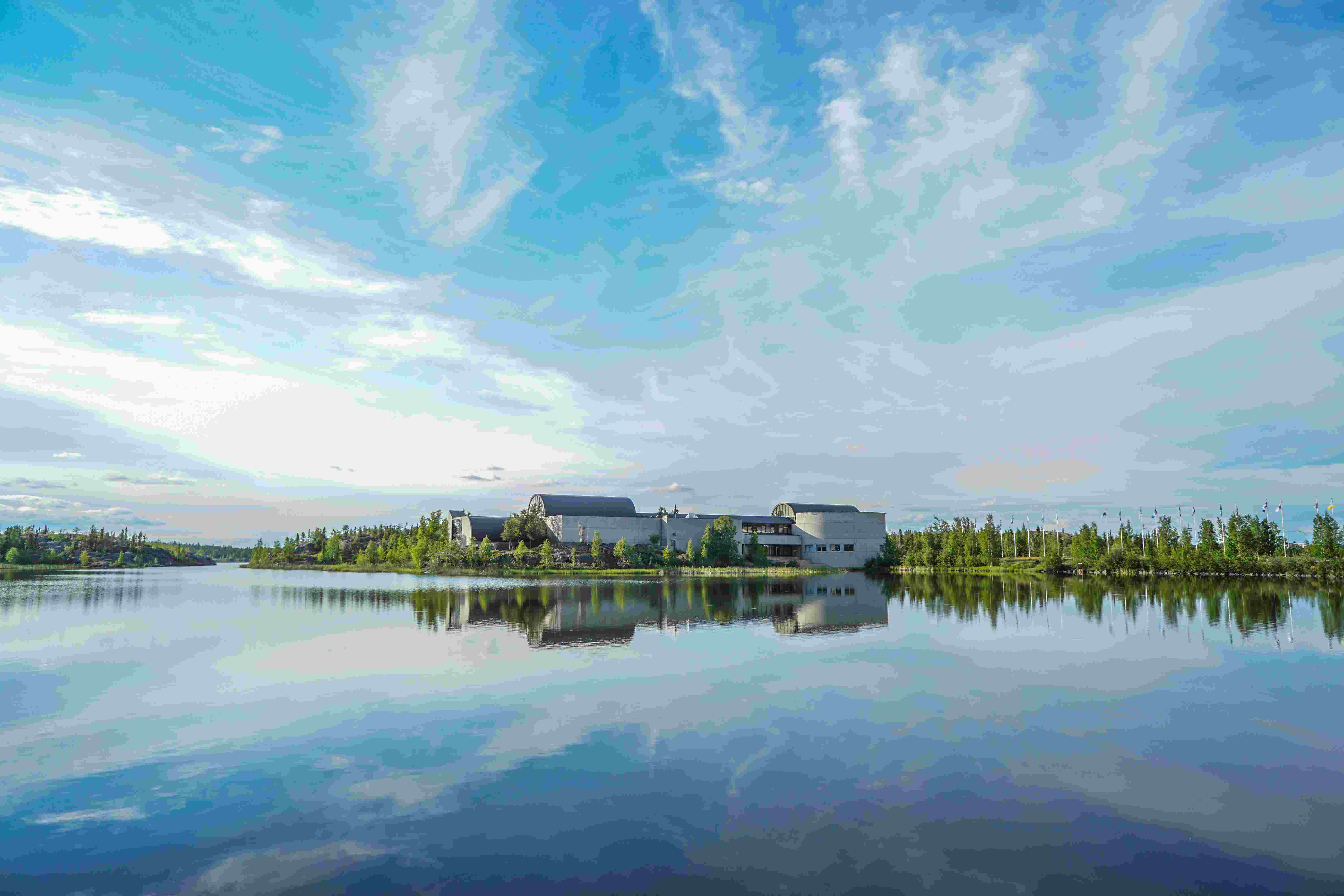
Yellowknife’s Historical Society operates a community museum located at the old Giant Mine (gold) site. The museum tells the fascinating story of Yellowknife’s social, cultural, economic and natural history. Yellowknife is called Somba K’e in Wilideh Language – meaning place of money. While Indigenous people have gathered in the area for thousands of years, as a City, Yellowknife is relatively new and its development is inextricably linked to gold mining,
Did you know that some of the oldest rocks in the world can be found near Yellowknife? An informative and decorative display of rocks and minerals is one of several exhibits housed in the museum, which opened in the spring of 2024. The curators have done a fabulous job of collecting memorabilia, equipment and stories which portray the life of prospectors, miners, aviators and the community which sprung up after gold was discovered in the area. The museum is housed in the original Giant Mine recreation hall.
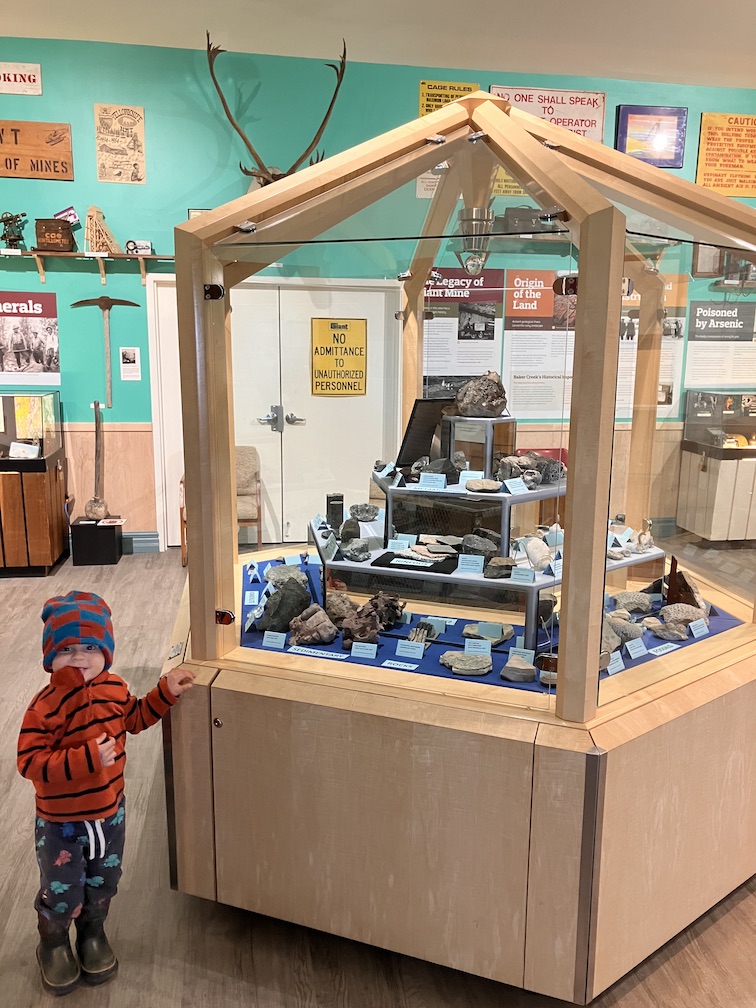
An outdoor exhibit includes buildings, antique vehicles and pieces of machinery illustrative of Yellowknife’s industrial heritage, including equipment saved from abandoned gold mines.
Patrons of the museum can enjoy a gift shop and café with an outdoor deck overlooking Great Slave Lake.
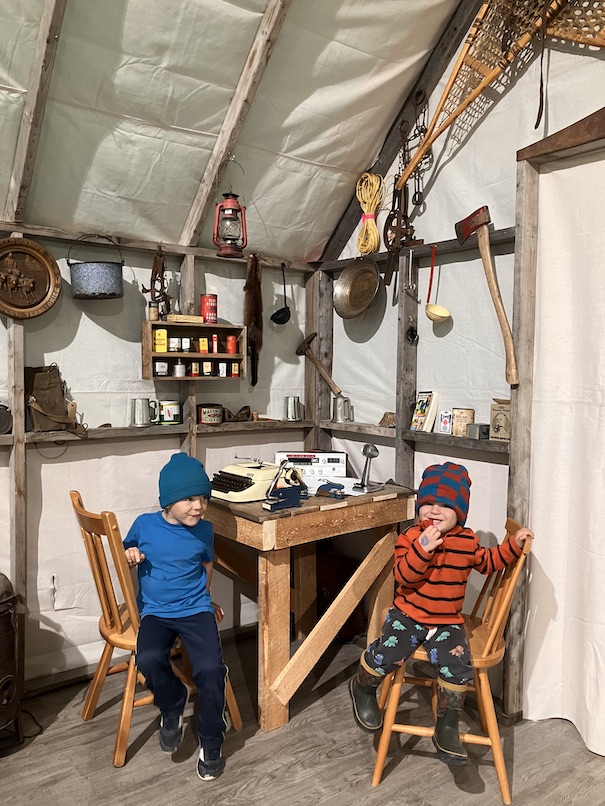
Nature’s North Wildlife Gallery offers an incredible display of flora and fauna found within the territory. Each animal is displayed uniquely to capture a moment in the animal’s natural life. Each display shares the animal’s personality, tells a story, elicits an emotion, and will leave you in awe of their natural beauty.
As soon as you enter the gallery you realize that you have discovered something special. The front entrance is decorated with artwork created by co-owner and taxidermist Greg Robertson. Greg and his brother Dean are both world renowned taxidermists. Visitors to the gallery are also invited to get a glimpse of the behind-the-scenes work in the taxidermist shop where you are encouraged to touch local fur pelts and learn about how the animal specimens are transformed into works of art for display.
None of the animals in the gallery were purposely harvested for the gallery. Most were sustainably harvested by Indigenous hunters and trappers to provide food for many northern communities. The hides/pelts were then sold to the taxidermists, providing extra income for many northern families.
The rest of the animals died from natural causes or were donated by the Government of the Northwest Territories to the artists.
